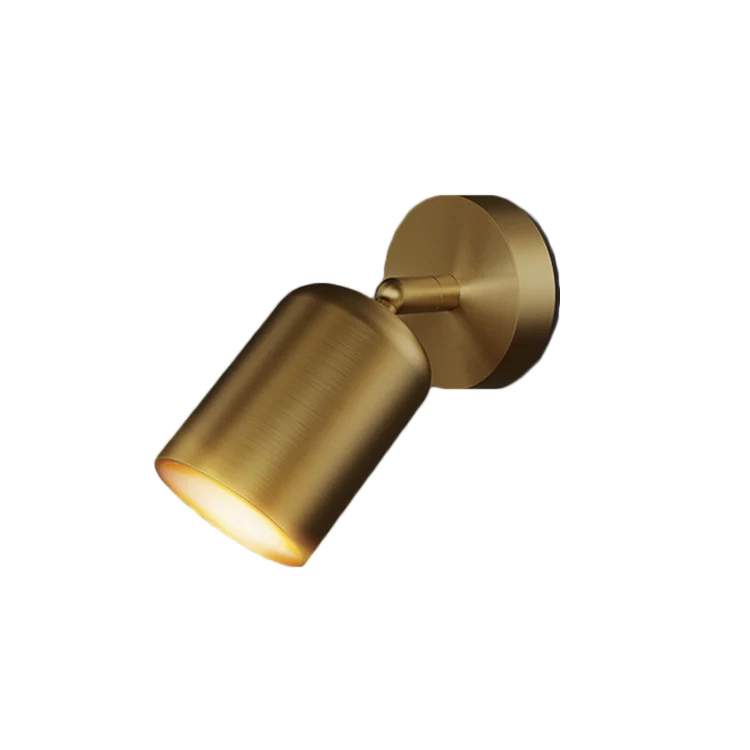LEAFLETS
PRODUCTS
Table Lamp Home Decor Ideas
Choosing the Right Style and Size
The journey begins with selecting the perfect style to complement your existing décor. Do you prefer a sleek, minimalist design for a contemporary living room? Or perhaps a more ornate, traditional lamp to enhance a classic bedroom setting? Consider the overall style of your room – is it bohemian, mid-century modern, farmhouse, or something else entirely? The lamp's style should harmoniously integrate with the existing furniture and accessories. Don't be afraid to mix and match styles subtly; a modern lamp can add a surprising touch of contrast to a traditional setting, adding visual interest.
Size is equally crucial. A lamp that's too small will get lost in a large room, failing to make a visual impact. Conversely, a lamp that's too large will overwhelm a small space, creating an unbalanced aesthetic. Consider the scale of your furniture and the size of the room. A general guideline is to choose a lamp whose base is roughly one-third to one-half the width of the piece of furniture it sits on. For instance, a larger lamp would be suitable on a wide dresser, while a smaller lamp might be perfect on a bedside table.
Strategic Placement for Maximum Impact
The placement of your table lamp is key to maximizing its visual impact and functionality. Don't simply place it randomly; think strategically about its location. Consider using table lamps to highlight key features of a room. For example, placing a stylish lamp on a console table in an entryway can create a welcoming and elegant atmosphere. In a living room, flanking a sofa with matching lamps creates symmetry and balance, drawing attention to the seating area.
Another effective strategy involves using table lamps to define different zones within a larger space. In an open-plan living area, a strategically placed lamp can visually separate the seating area from the dining area. Similarly, bedside lamps naturally demarcate the sleeping area in a bedroom. Experiment with placement until you achieve the desired effect. Remember, you can always move the lamps around to explore different possibilities.
Exploring Materials and Finishes
The materials and finishes of your table lamps significantly impact the overall aesthetic of your space. A sleek metal lamp with a polished chrome finish will create a modern, sophisticated feel, whereas a rustic wooden lamp with a distressed finish will add warmth and character to a more traditional setting. Explore various materials like ceramic, glass, wood, metal, and even fabric shades to find the perfect match for your décor.
Consider the textures as well. A lamp with a smooth, polished surface will offer a different feel than one with a textured surface. The interplay of textures adds depth and visual interest. Mixing different textures can create a dynamic and engaging space. For instance, pairing a smooth ceramic lamp with a woven fabric shade can create a sophisticated yet comfortable atmosphere.
The Power of the Lampshade
The lampshade is often overlooked, yet it's a critical component of the overall design. The shade not only diffuses the light but also plays a significant role in the aesthetic appeal of the lamp. The shape, size, and material of the shade dramatically influence the mood and ambiance of a room. Consider the shape: a drum shade offers a classic and versatile look, while a conical shade creates a more dramatic effect.
The material of the shade also matters. A linen shade diffuses light softly, creating a warm and inviting atmosphere, perfect for a bedroom or living room. A silk shade, on the other hand, creates a more luxurious and sophisticated feel. Consider the colour of the shade too – a darker shade can create a more intimate setting, while a lighter shade can brighten a room.
Incorporating Table Lamps into Thematic Decor
Table lamps can be powerful tools in creating thematic décor. For example, in a beach-themed room, a lamp with a seashell base or a nautical-inspired shade can perfectly complement the overall aesthetic. Similarly, in a rustic farmhouse setting, a lamp made of reclaimed wood or featuring a burlap shade would reinforce the theme. The possibilities are endless – a Victorian-style lamp for a Victorian-themed room, a minimalist lamp for a modern minimalist space.
Think beyond just the lamp itself; the accessories around it can enhance the theme. For a Moroccan-inspired setting, pair your lamp with intricately patterned cushions and throws. In a bohemian space, add macrame hangings and vibrant textiles. By carefully coordinating the lamp with other décor elements, you can seamlessly integrate it into your chosen theme and create a cohesive and captivating space.
Layering Light Sources for Ambiance
Don't rely solely on table lamps for your lighting needs. Layering different light sources is crucial for creating a well-lit and inviting space. Combine the warm glow of your table lamps with overhead lighting, such as recessed lighting or a chandelier, and accent lighting, such as wall sconces or floor lamps. This layering technique creates depth and dimension, allowing you to adjust the lighting to suit different moods and activities.
Think of it as creating a lighting "recipe." The overhead lighting provides general illumination, the table lamps offer focused task lighting or ambient light, and the accent lighting adds highlights and emphasizes specific features. Experiment with different lighting combinations until you achieve the desired balance and ambiance. This layered approach to lighting allows for greater flexibility and control, enabling you to customize the atmosphere to fit your needs and preferences at any given time.
SUBSCRIBE
INQUIRY










